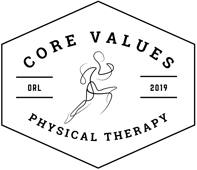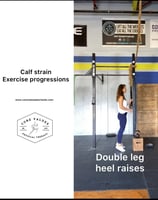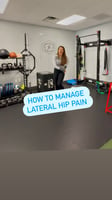Myths and negative misconceptions about low back pain:
Low back pain can be a very scary and debilitating ordeal for some people. Almost 80% of the population will experience low back pain at some point in his or her life. The good news is that despite being scary, back pain is rarely dangerous.
The thing about back pain, and pain in general, is that it is very complex. Not all back pain can be tied to a specific tissue structure. More often than not, fear of pain, faulty movement patterns, avoidance of movement and lack of self-efficacy can contribute to persistent pain. When there is an acute injury to the structures of the spine, which does happen, tissue healing time is about 3 months. If pain persists beyond this point the most likely culprit is increased tissue sensitivity without tissue damage and everyday roadblocks like stress, poor sleep and poor nutrition.
Conservative treatments can be beneficial at any age. Don’t give up because you have a few more years under your belt.
Injections, surgery and strong drugs usually are not the treatment you need and are only indicated in a small percentage of people with low back pain. These also come side risks and unhelpful side-effects. Conservative treatments like physical therapy and exercise have been shown to have the most effect on improving back pain.
Tissue soreness can be expected when starting new movements/activities/exercises. This does not mean that you have damaged your spine. Unaccustomed activities can simply make the back sensitive to movement, touch and or loading. And remember, the pain you can feel during exercises just demonstrates how sensitive your structures are and not how damaged your structures are. This will settle as your body becomes more accustomed to the movements/exercise/activities and it will be taking steps backwards if you stop the activity all together. Exercise and movement are one of the most important and effective ways to help treat back pain. So, don’t give up or let fear stop you from moving.
Even after periods of feeling good you can have pain flare ups. These can be scary and depressing but remember that it doesn’t mean you are damaging yourself. There are flare up triggers such as poor sleep, stress, poor mood, fatigue, poor eating habits and lowered immune system.
Make sure you are taking care of the whole system and not worrying about the “herniated disk” or “stenosis”. Eat well, sleep well, control your stress and keep moving.
If you need help finding the right strategies for you contact Core Values Physical Therapy today to speak with Dr. Rebecca Smith, PT, DPT so you can start living your best life.




